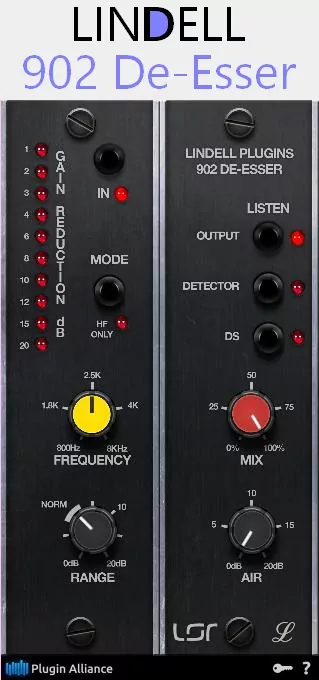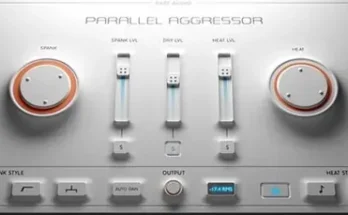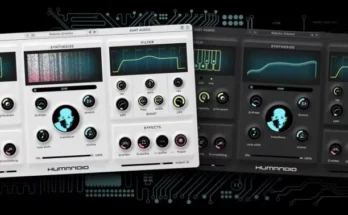Great de-essing doesn’t have to be hard!
The original dBx 902 de-esser became an instant classic when it was released in the 1980s. Thanks to its ingenious design and extremely simple workflow, it quickly became a mainstay in major studios around the world, finding its way into countless hit records. Today, Lindell Audio is bringing that design to the DAW, adding new features that make it even better than the original.
Automatic de-esser that instantly adapts to any instrument
Don’t let its looks fool you: the minimalist two-button workflow of the Lindell 902 de-esser is made possible by very sophisticated engineering under the hood. One of the great things about the 902 is that it doesn’t have a threshold adjuster. But this is a feature, not a bug. The 902 compares the level of your selected high frequency with the rest of the signal, providing the same smooth de-essing, whether your signal is quiet or loud.
Reduce sharpness on any source without a second thought
The lack of complex controls on the 902 makes it easier to use and more difficult to use than most other de-essers. The lack of a fixed threshold means you no longer have to compromise by over-processing loud areas or under-processing quiet ones. But none of this would matter much if it didn’t sound good. Luckily, the 902 is also one of the best sounding de-essers ever made, suitable not only for the voice, but also for controlling the over-brightness of cymbals, guitars, or any other instrument with potentially harsh transients.
Now with new features only available in the digital domain
The Lindell 902 takes a bona fide studio classic and updates it with additional features for the 21st century, including a graphical layout showing exactly what the de-esser is doing in real time, a “mix” knob, an “air” knob to bring back the brightness after the de-esser and a “listen” feature to hear exactly what the de-esser is doing.
Incredibly simple workflow: just set the target frequency and desired amount of gain reduction.
The lack of fixed threshold control means that the de-esser automatically adapts to your signal level for equally smooth de-essing in both loud and quiet passages.
Mix knob for mixing the processed and unprocessed signal.
Listening function for independently listening to the de-esser side chain and gain reduction.
Air control to apply smooth high frequency boost to restore lost high frequency content.




